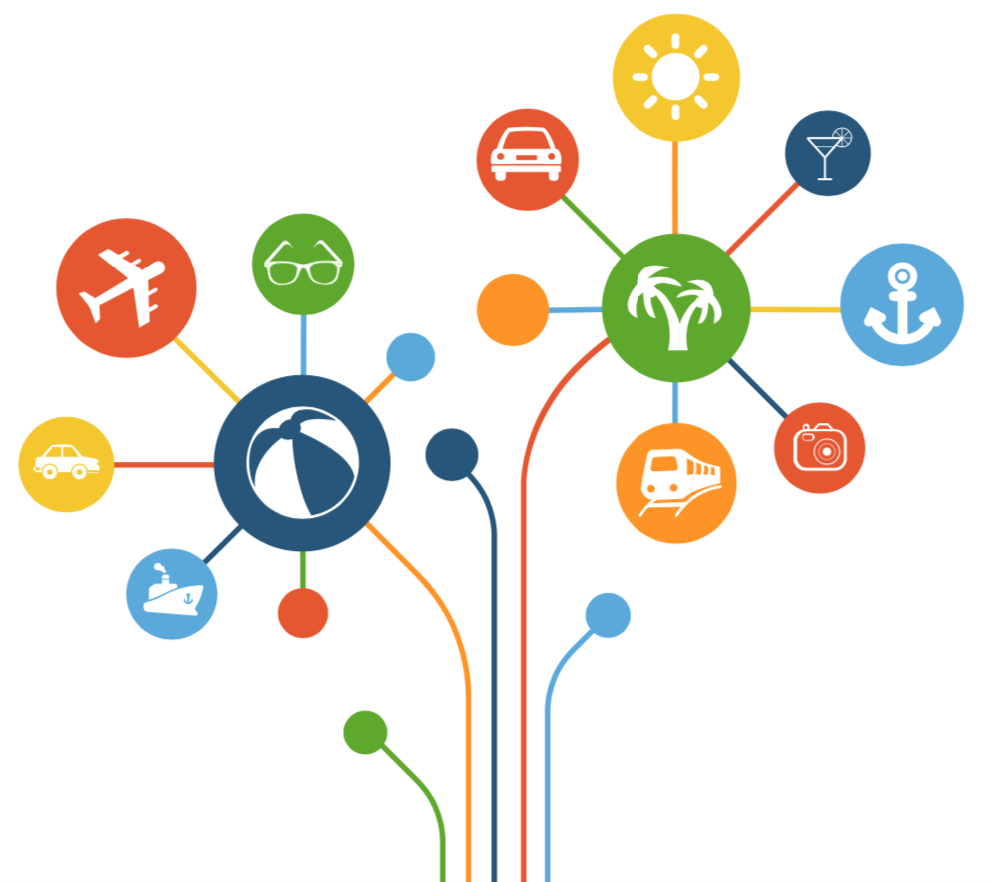Pull and push integrations: what are they and what are their advantages?
Posted by
Vero

In order to navigate the current tourism system and not drowning while trying it is basically essential to use XML integrations. Speaking of hotels as well as transport companies and airlines, without XML integrations, the tourist market as we understand it today would not exist.
This is why we always say that XML integrations are a key feature at TravelgateX. They are interpreters allowing for quick and efficient communication between the various agents in the tourism sector, a key feature providing a base for a large part of the business, opening doors we could not even begin to imagine in the past.
Different XML integrations
When it comes to taking advantage of the services provided by an XML integration, we have to bear in mind that there are two different kinds, with different advantages. What we are talking about are PULL integrations and PUSH integrations, and the main characteristic that defines them is who takes the initiative in the communication process. We will explain in the following how both these features work in TravelgateX.
In a PULL integration it is the OTA, the travel agency, that sends us the information request and we send it to the provider (hotel, car rental, airline, transfer company…). This to find out the availability of a certain room category on specific dates, for example.
In a PUSH integration it is the provider who takes the initiative to send the information and we immediately inform the OTA, or travel agency, about updates or changes to their database. This to indicate that a certain room category is no longer available on specific dates, for example.
Advantages and disadvantages of PULL integrations
In PULL integrations OTAs and travel agencies activate the communication process. There are certain advantages to this that greatly facilitate the agents in their work. An example of this in TravelgateX is when one of our PULL-integration clients makes a request and we send that request to the provider, then we forward the provider’s response to our client.
One of the disadvantages with PULL connectivity is that in order to provide our client with an answer we have to call the provider API and wait for them to reply. With a PUSH system – as we will explain below – the process is more direct.
Having said that, this kind of integration has the advantage of a simpler development, and as such it is faster. On the other hand, PULL integrations receive more traffic, which means they require more investment on part of the provider to respond to all that demand.
Advantages and disadvantages of PUSH integrations
As the name implies, OTAs and travel agencies receive the information automatically with PUSH integrations, without having to request it. Generally, this occurs when there is a change in relevant information. When schedules or rates are changed, for example, or when a room category is closed for the season and not available for sales.
As explained by Danny Dimitrov, Customer Success Manager at TravelgateX, “the PUSH extranet and inventory are crucial parts of a PUSH connection. The inventory lets our customers configure the hotel contract in the way the hotelier has suggested, but it also means that any offer, restriction, cancellation policy and many other things can be loaded, information that the Channel Manager can’t always load”.
The PUSH modality also offers a number of advantages for the provider (hotel, car rental, airline, transfer company…) since there is not as much traffic in the form of information requests. This means that it does not need the same large investment in systems for support and immediate response. At TravelgateX this “allows us to provide our clients with faster response times for Availability, Evaluation and Reservation”, explains Dimitrov.
Another advantage with PUSH connectivity through TravelgateX is that it allows us to check availability up to 2 years in advance using the extranet calendar and the interface is very easy to use – because our aim is always to give the customer the best response in the shortest possible time.